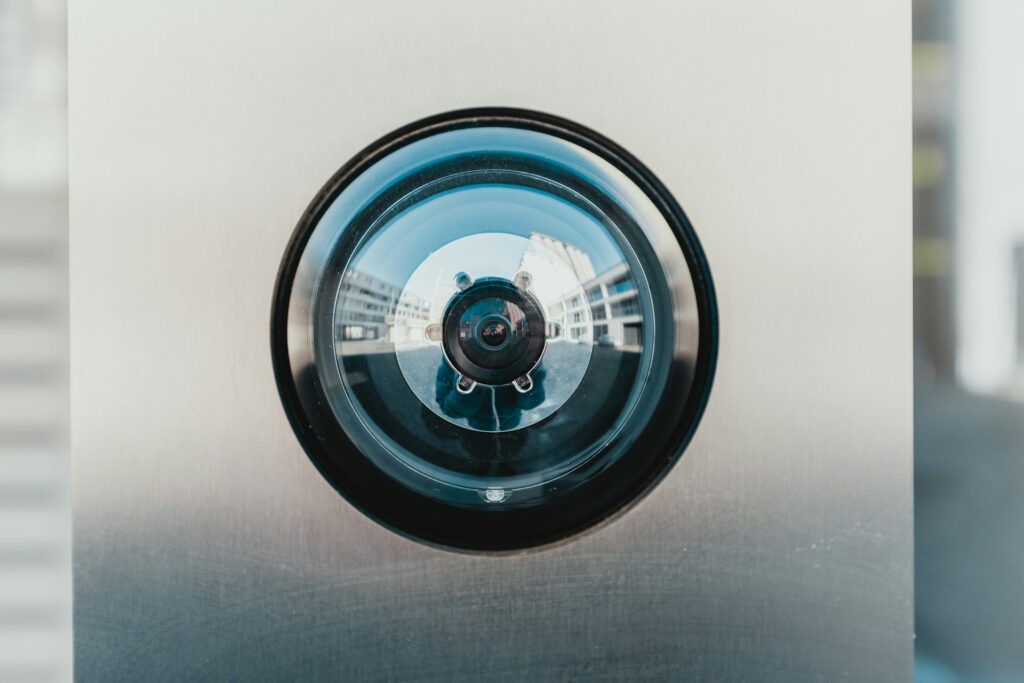
Many of today’s truck drivers will remember the heated debate over the use and mandate of Electronic Logging Devices, or ELDs. Truck drivers were used to logging their hours, in order to stay consistent with Hours of Service (HOS) regulations.
This self-reporting was usually done in a physical logbook, and because drivers wrote down their own time, they could sometimes tweak the exact hours. While this is a potential violation of HOS on its face, the added flexibility allowed some drivers to more safely find parking or reach their final destination where they could rest.
The ELD mandate caused a big debate over regulations.
With the rise of artificial intelligence, new ways of tracking trucks and their drivers have arisen. The company Samsara not only offers ELDs, but it offers AI software that can track all aspects of the truck and driver.
As reported by Fox Business, Samsara’s AI can track cameras to tell if the driver is on the phone, texting, or even smoking, if the company has a no smoking policy in the vehicle. The AI also monitors the truck, giving constant reports on if the driver is following the local speed limit, stopping at red lights and stop signs, and following other laws of the road.\
The use of cameras combined with AI can also help trucking companies potentially reduce their insurance costs, as the AI will track every incident before, during, and after an accident.
The trade-off, of course, will be the concern of ever-creeping surveillance of truck drivers. What is possible with AI makes the ELD mandate look insignificant by comparison.
The safety of truck drivers is also a concern. While presumably a harder ban on driver texting could save lives, a strict adherence to the speed limit doesn’t tell the whole story of the surrounding traffic.
Just as ELDs and their mandate became a national debate, the prospect of AI mandates could cause a war within the entire industry and its regulatory agencies.
